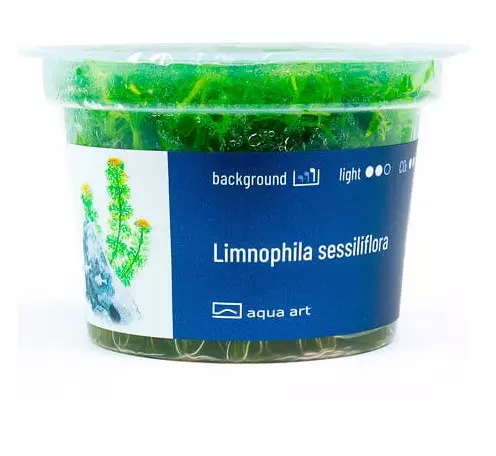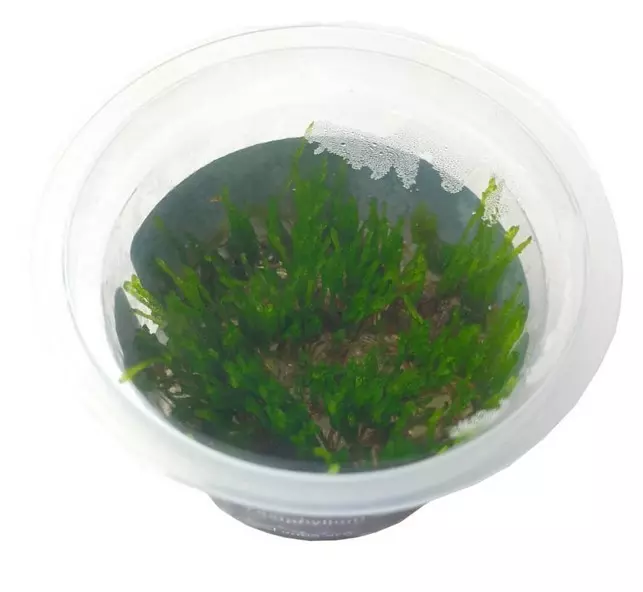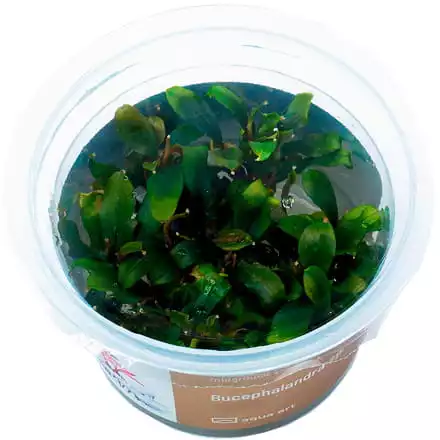Product information "Limnophila sessiliflora"
An easy to grow stem plant, ideal for the background of the aquarium. It is characterized by its beautiful green coloration and rapid growth.
- Difficulty of growing: easy
- Light requirements: medium
- CO₂ requirements: medium
- Grown plant height: up to 60 cm
- Growth: fast
- Temperature: 25-30°C
- Placement in aquarium: Third level
- Origin: Asia
- 6 cm cup diameter
Limnophila Sessiliflora is an easy to grow stem plant, perfect for the third level of a tank. Native to Asia, the plant is characterized by pinnate leavesof light green color. They grow in groups of 6-9 leaves around the stem. Limnophila sessiliflora looks best incompact groups. Because of its structure, it makes an excellent hiding place for juvenile fish.
The advantage of this plant is that it is easy to grow. It requires only moderate light, about 0.5 W/l. However, the plant adapts to the light conditions. In stronger light, the stems become thicker, the green color more bright and the structure more compact. In weaker light, the stems may elongate between the leaf nodes, which affects the appearance of the plant.
It can be successfully grown without CO₂ supply. It grows up to 60 cm tall, which makes it a good choice for planting the third level of the tank. Its intense growth helps the aquarium look quickly overgrown. The growing stems can be cut at any point and then replanted in the substrate. In this way, we can quickly compact the clumps. The prerequisite for rapid growth of this plant is a constant temperature of 25-30°C. Although Limnophila Sessiliflora tolerates short-term temperature fluctuations well, it grows fastest at a constant temperature. Because of its growth rate, additional fertilization of the tank with iron- and potassium-rich fertilizer is recommended.
Planting: The plant must be removed from the cup and thoroughly rinsed from the gel under running water. This is best done by placing the plant in a container of lukewarm water. Most of the gel will then fall off by itself. Divide the contents of the cup into 3-4 cm lumps and then place them in the substrate.
.

















.jpg)
















